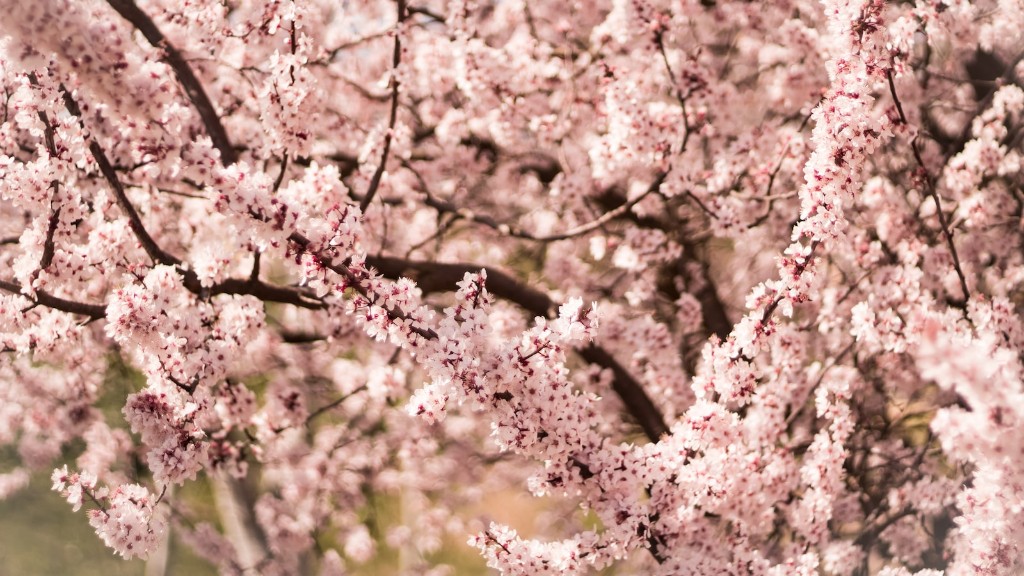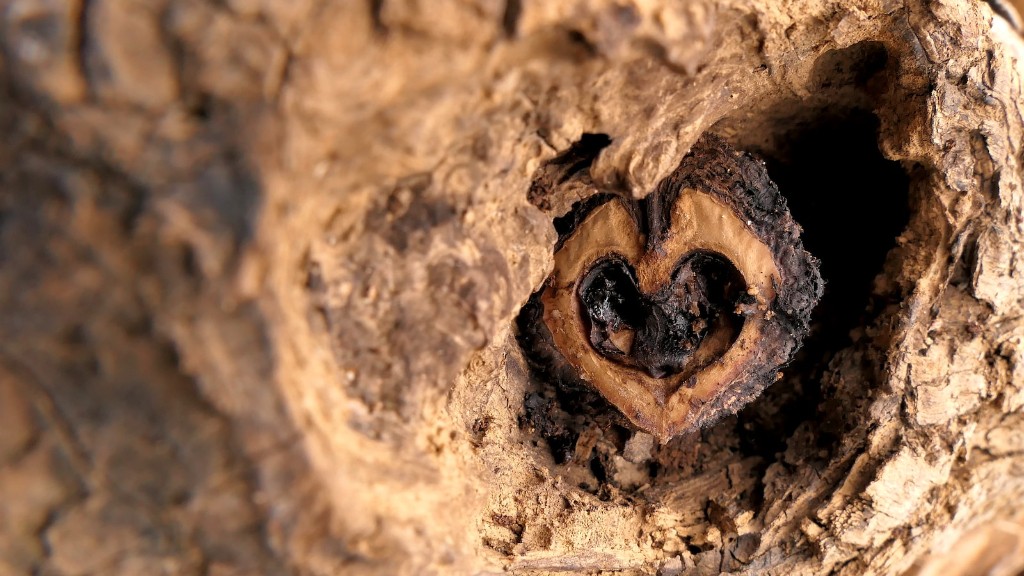Starting a lemon tree from a seed is a laborious but rewarding task. Firstly, choose the lemon variety you’d like to grow. There are several cultivars to consider when deciding which type of lemon to grow, such as Lisbon, Eureka, and Meyer. Secondly, obtain a good-quality seed can be found from a reliable source that can produce healthy trees. Thirdly, sow the seed in a well-draining soil mix. You can purchase or make your own soil mix, just make sure it’s kept moist, but not drenched. Fourthly, place the seed in direct sunlight for about six hours per day for germination and growth. Fifthly, exercise patience – a lemon seed can take anywhere between 3–6 weeks to germinate, so don’t expect to see results straight away! Sixthly, transplant the seedlings into a larger pot when they reach 5–6 inches tall. And seventhly, fertilize the tree every other month with a good quality fertilizer during the growing season.
Choosing the Right Lemon Variety
When deciding which type of lemon to grow, there are several cultivars to consider. Lisbon, Eureka, and Meyer are all popular varieties that produce an abundance of fruit. Lisbon are commonly found in grocery stores and are known for their tart, acidic flavor. Eureka lemons are slightly sweeter and have a thicker skin, making them ideal for squeezing into juice or adding to recipes. Lastly, Meyer lemons are a hybrid cultivar with a milder flavor and lovely fragrance. Before you begin propagating your lemon tree, it is important to select the variety that best suits your needs.
Finding a Good Quality Seed
Once you’ve chosen the type of lemon you’d like to grow, it’s time to find a good quality seed. For optimal success in growing a healthy lemon tree, it is best to purchase a seed from a trusted nursery or farm. Avoid collecting and using the seeds from the lemons you buy in the store, as these are generally not of good quality.
Placing the Seed in the Soil
The next step is to sow the lemon seed in a well-draining soil mix. The seed should be placed slightly beneath the soil surface, in a pot containing a loamy soil mixture of topsoil, compost, and sand. If you want to make your own soil mix, you can use these ingredients in equal parts. The soil mixture should be kept moist but not wet, so water regularly, but avoid over-saturating the soil. Be sure to use a pot with a drainage hole at the bottom so excess water can escape.
Providing Adequate Sunlight
Now that you’ve planted your seed, it’s important to make sure you give your lemon tree plenty of direct sunlight. The plant requires at least five to six hours of direct sunlight per day for optimal health, so locate the pot in an area of your home that receives sufficient light. If you’re growing your tree in a pot outdoors, you may want to take precautions to protect it from extreme temperatures.
Nurture the Small Plant
Once you’ve planted the seed, it’s now time to nurture the small plant. It can take anywhere between three to six weeks for the seed to germinate, so be patient and don’t be tempted to uproot it. Once the seedling reaches five to six inches tall, it is time to transplant it into a larger pot. Make sure to loosen the soil well around the bottom of the plant before transferring it.
Fertilizing the Lemon Tree
Fertilizing your lemon tree is a key component to its health and growth. For best results, use a good quality fertilizer during the growing season, and fertilize every other month. When fertilizing, scatter the fertilizer around the base of the tree and make sure it is evenly distributed. Although not necessary, you can also prune any overgrown branches or stems during the winter to encourage new growth in the following season.
Harvesting Lemons
Once the plant matures and begins producing fruit, be sure to give it plenty of water and monitor the soil regularly to make sure it doesn’t dry out. Lemons can be harvested when they reach the desired size, generally between 4–5 months from when it was planted. Larger lemons will be more acidic and are usually used for juicing, while smaller lemons are usually eaten fresh or used for cooking. Be sure to pick the fruit regularly so the tree can keep producing more.
Maintaining the Lemon Tree
Maintaining the health and longevity of your lemon tree is fairly simple and straightforward. Keep the soil moist, water regularly, provide enough sunlight, and use fertilizer as necessary. Additionally, you can use a chemical-free insect repellent to prevent pest infestations. This will help keep your fruit safe and will make sure that you have a continuous supply of lemons.
Protection from Frost
If you live in an area that experiences cold climates, it is important to make sure your lemon tree is adequately protected from frost. Even if the lemon tree is planted in a pot and housed indoors, it is still important to provide some sort of frost protection. This can be done by insulating the sides of the pot with straw or by wrapping it in burlap or plastic. Taking these precautions will help ensure that your lemon tree is safe from frost and will survive cold winters.


